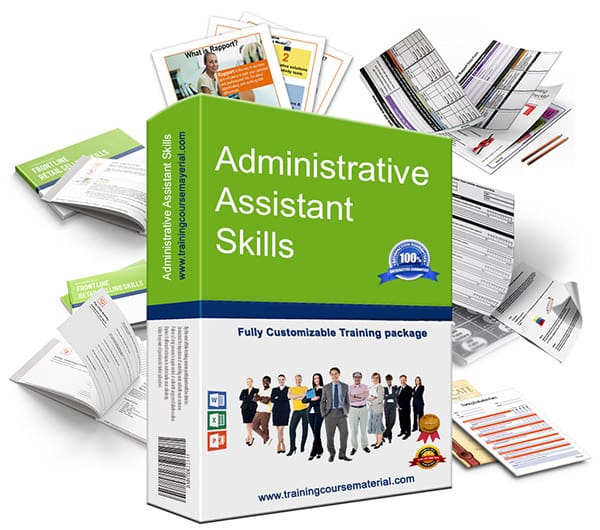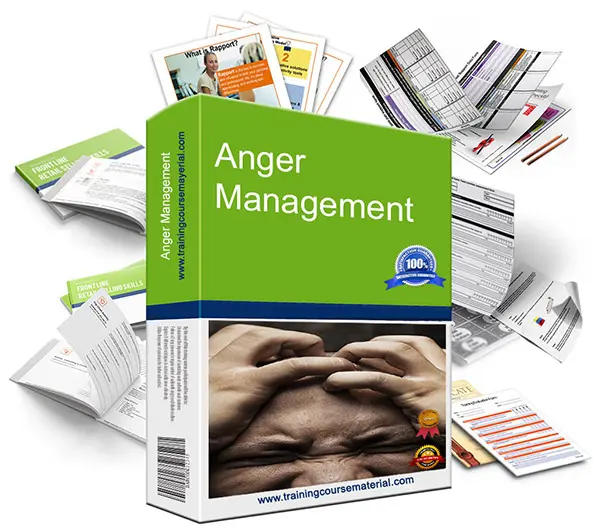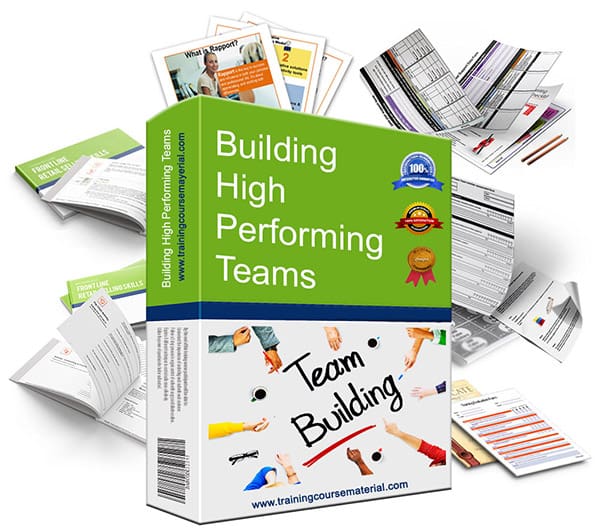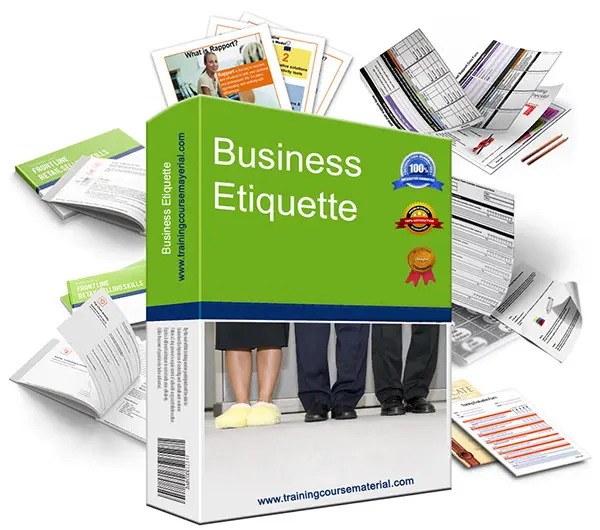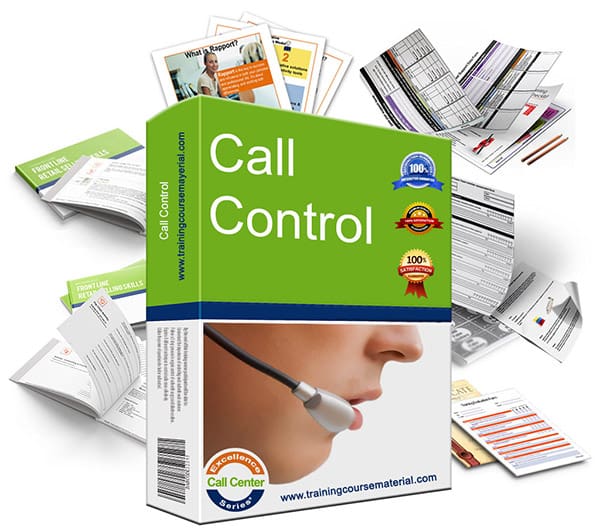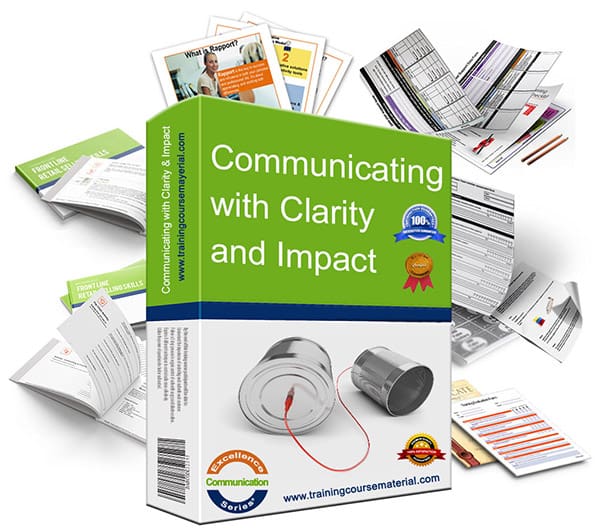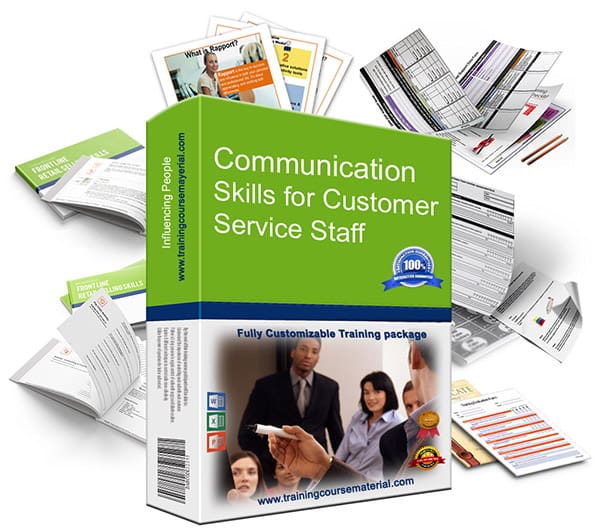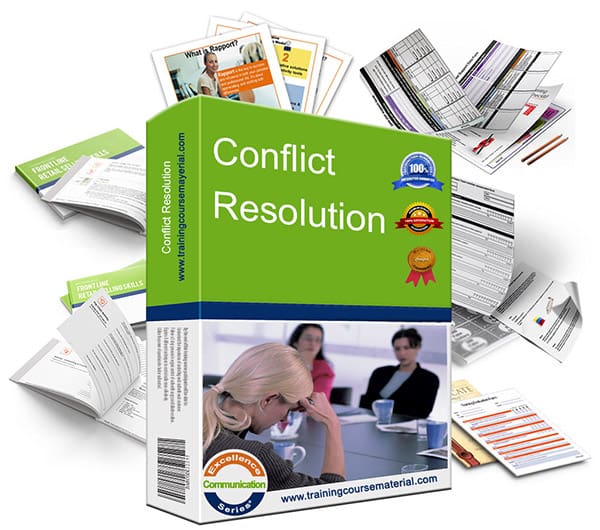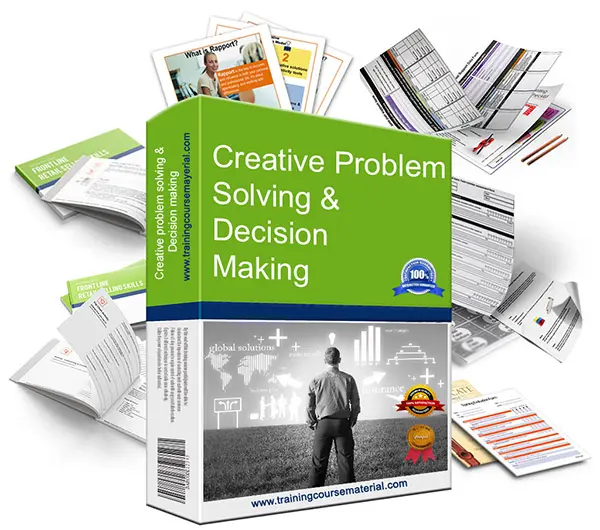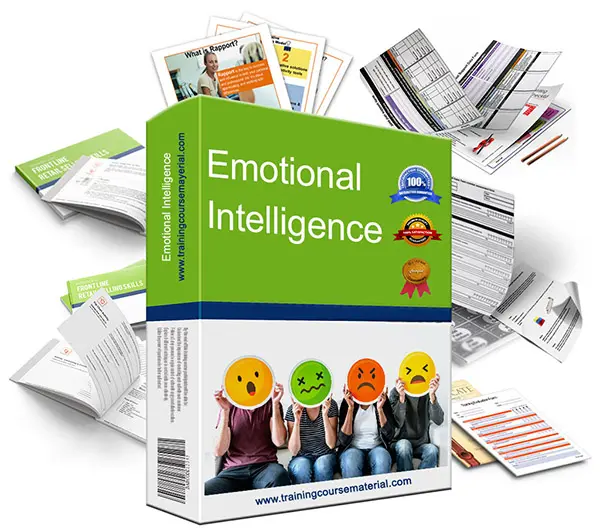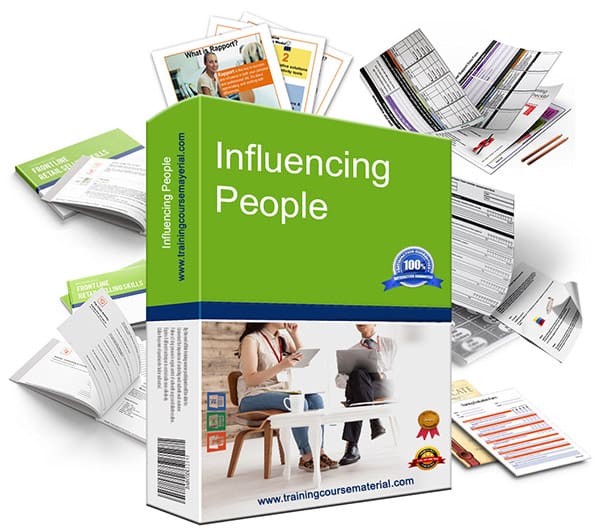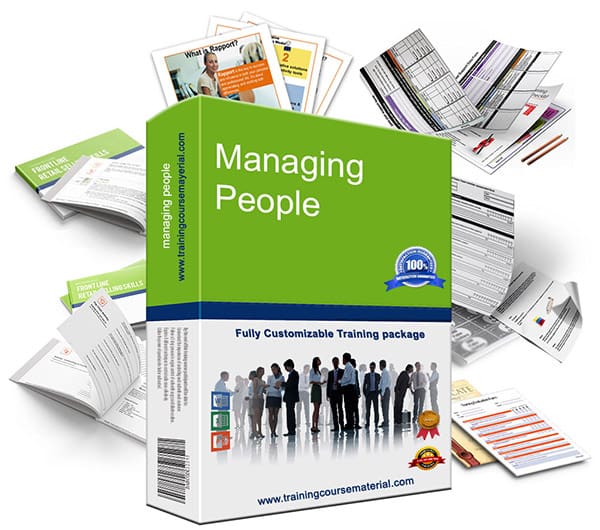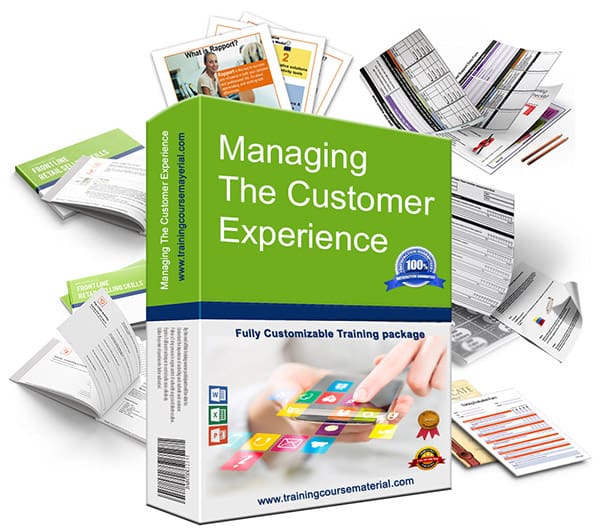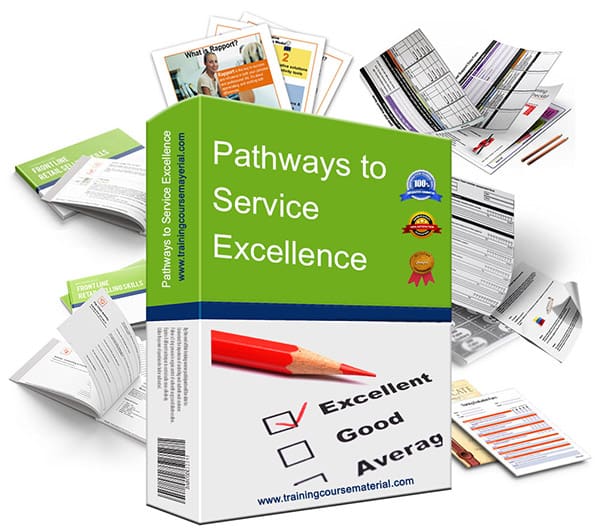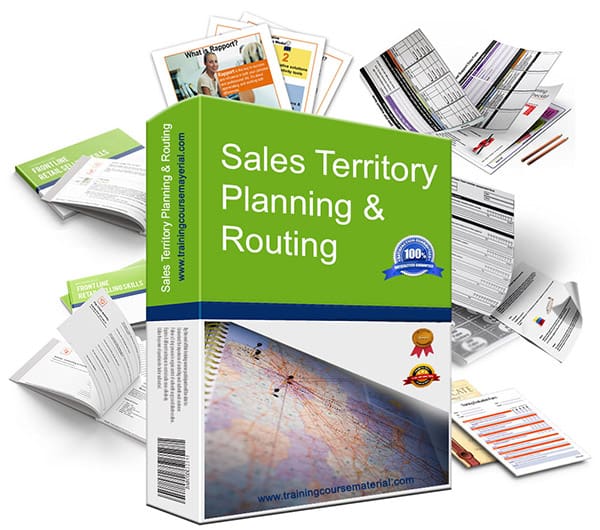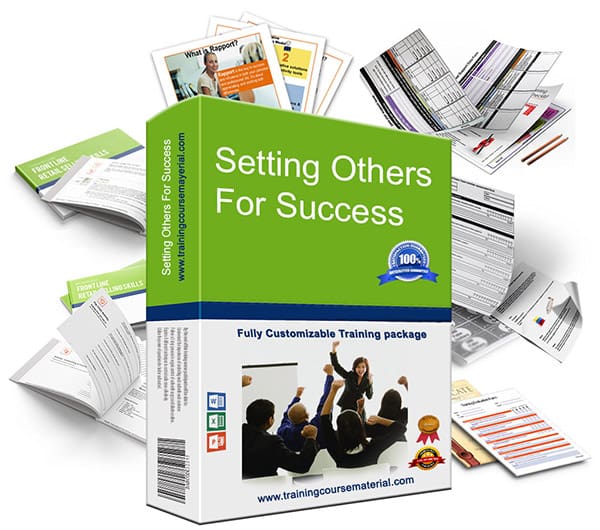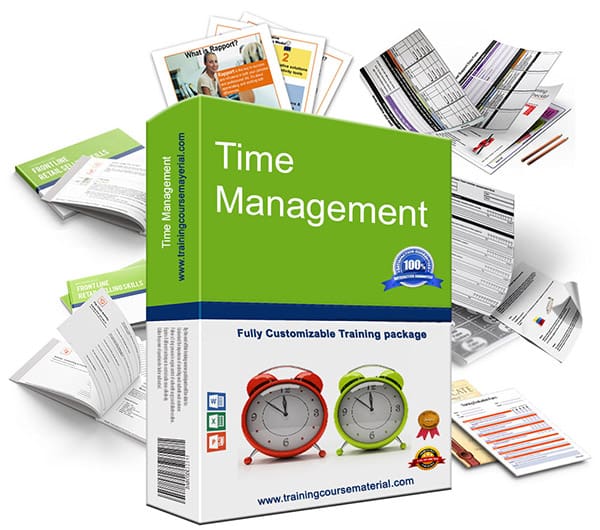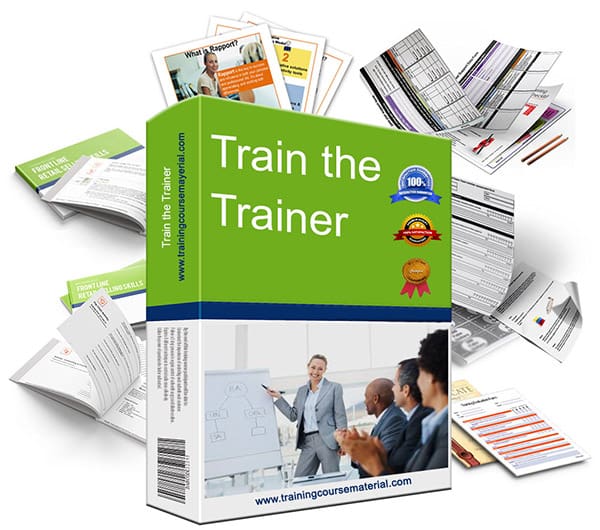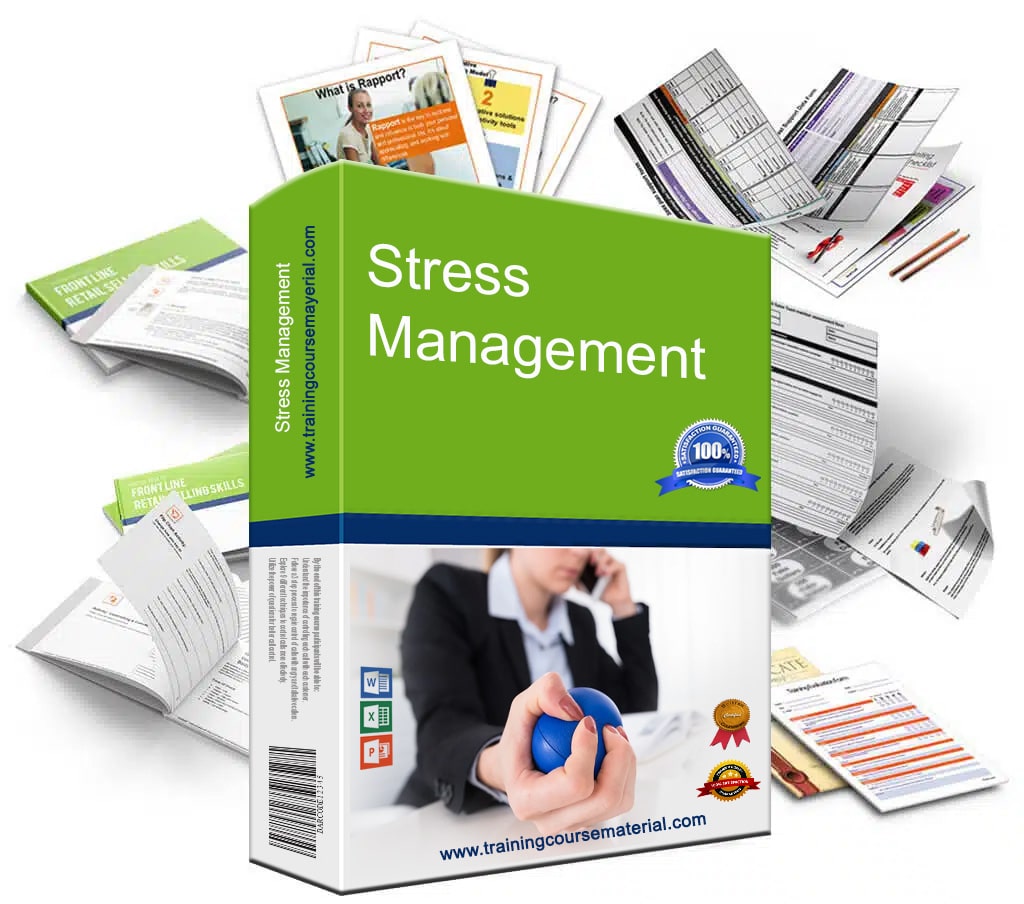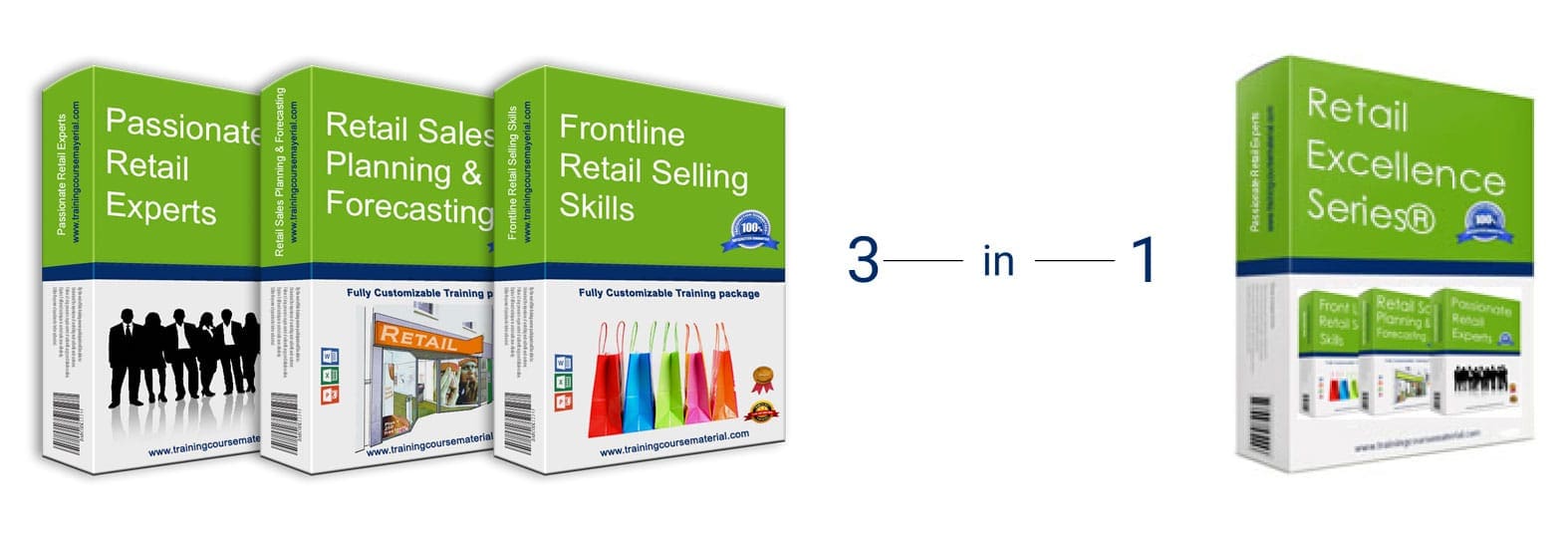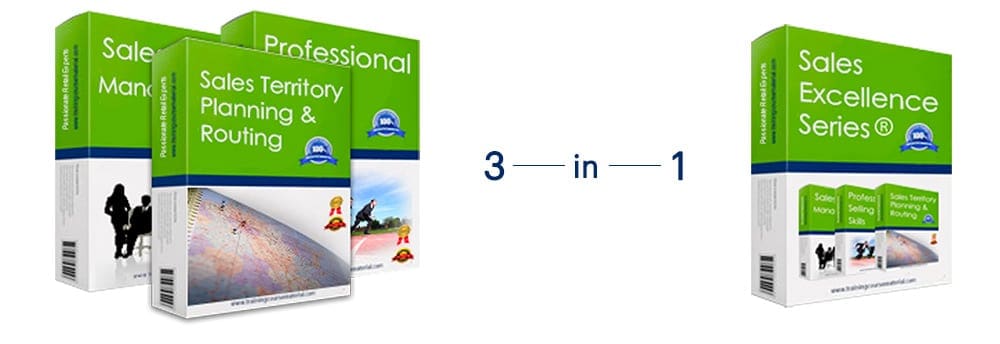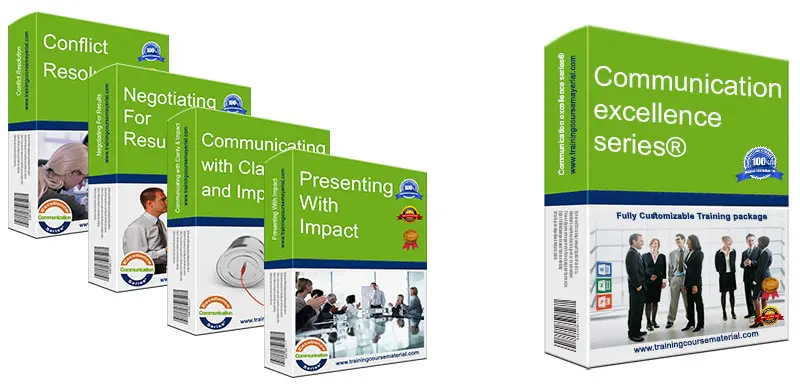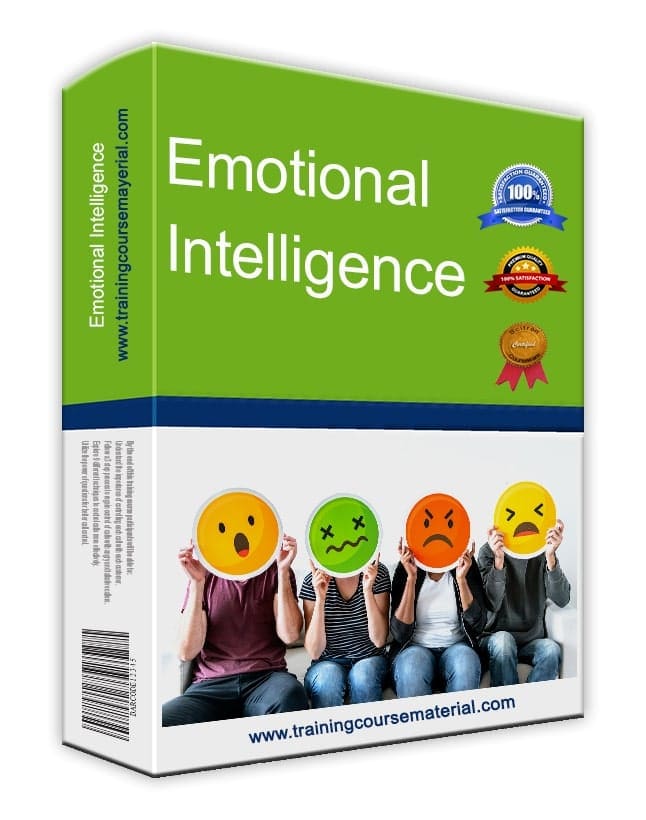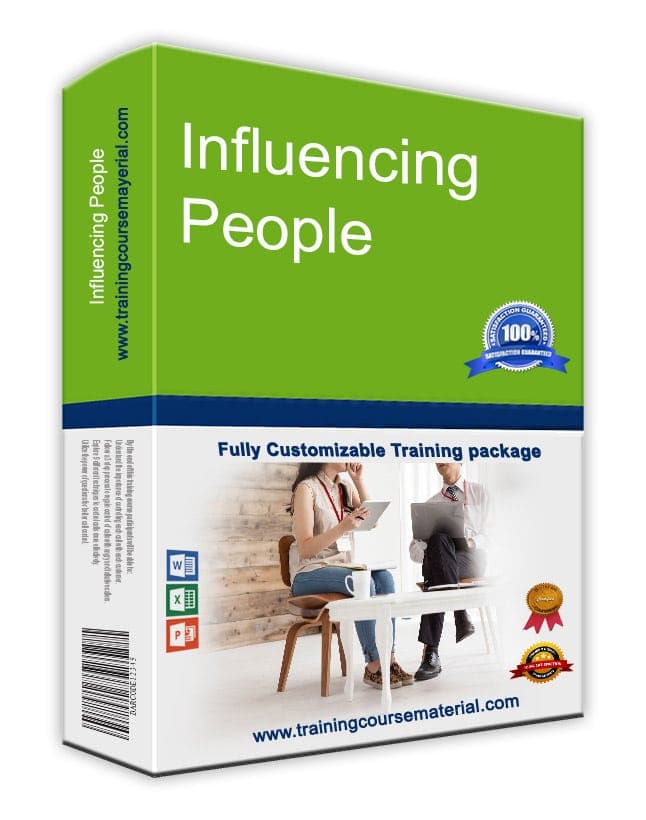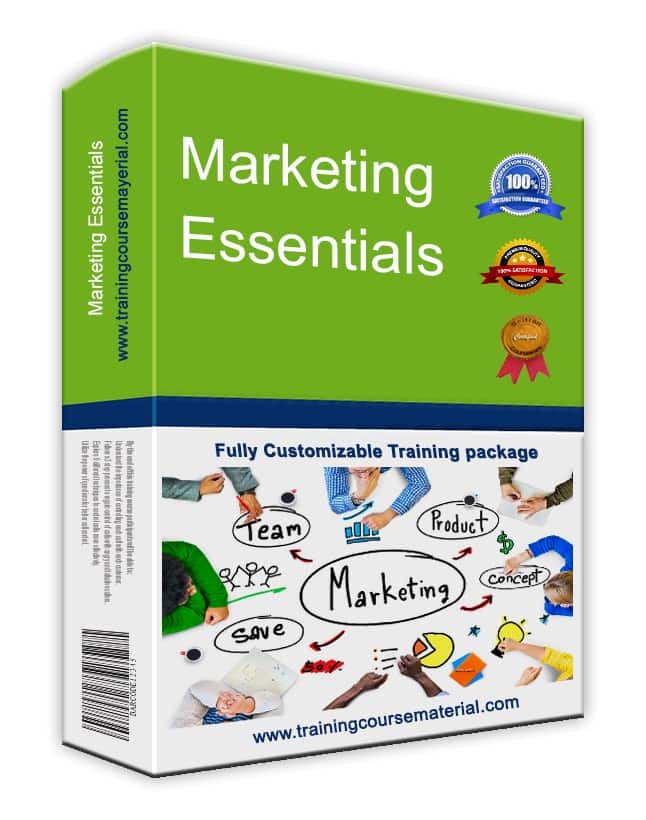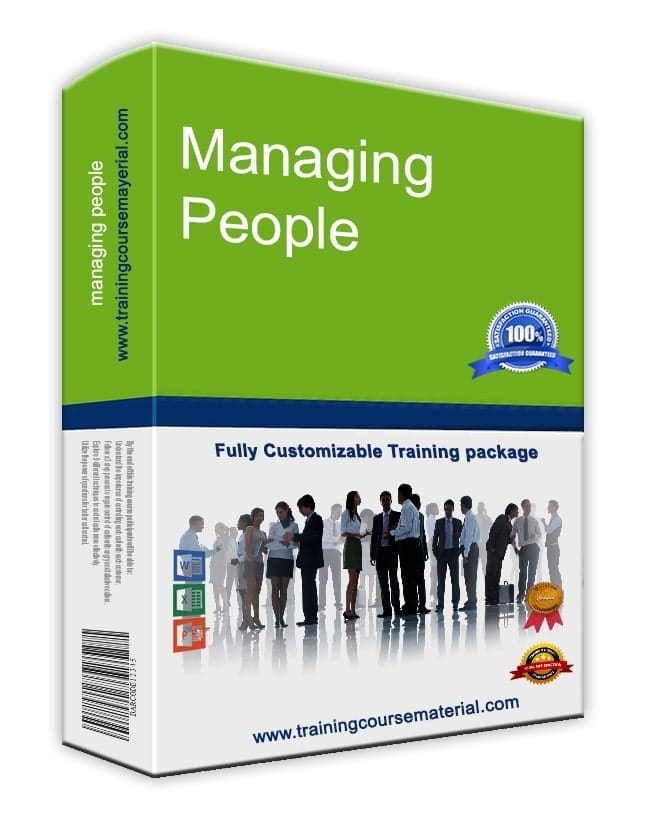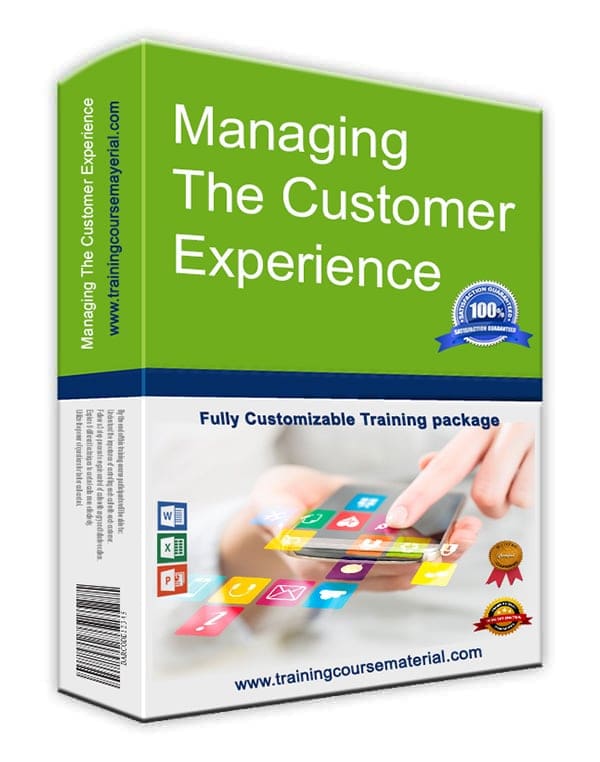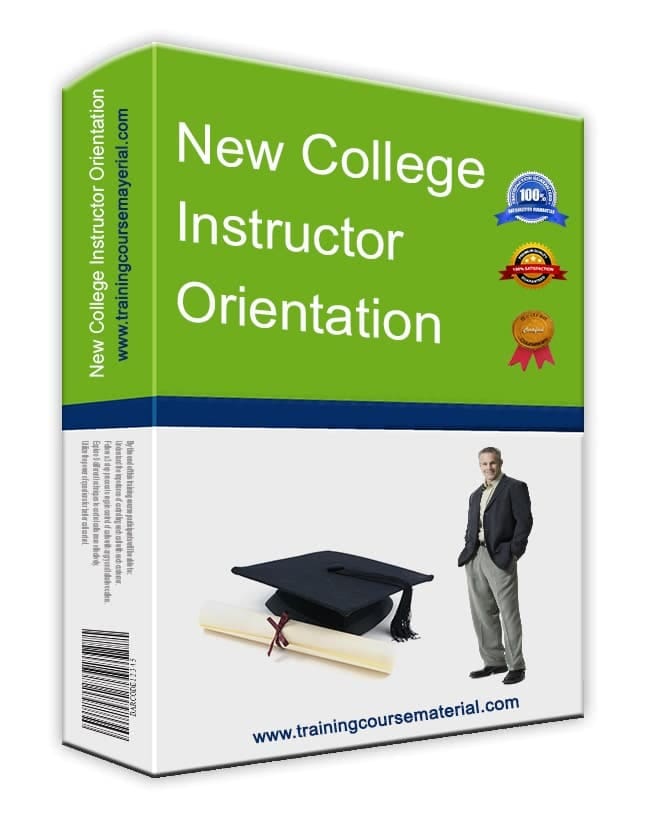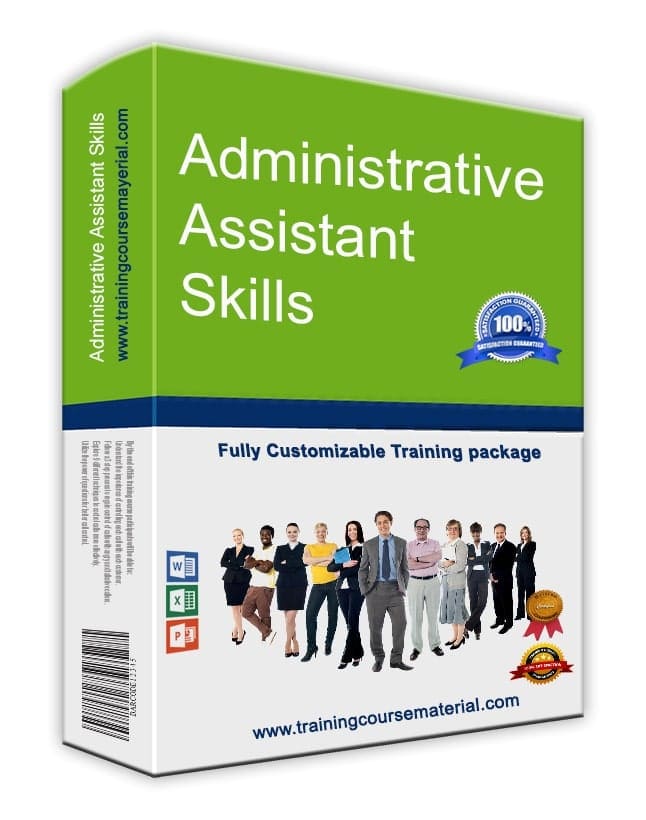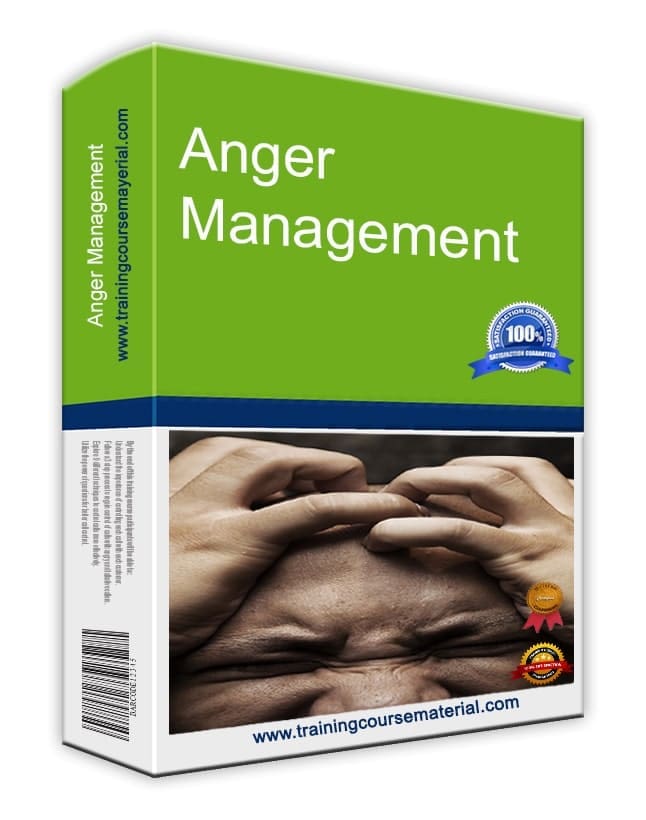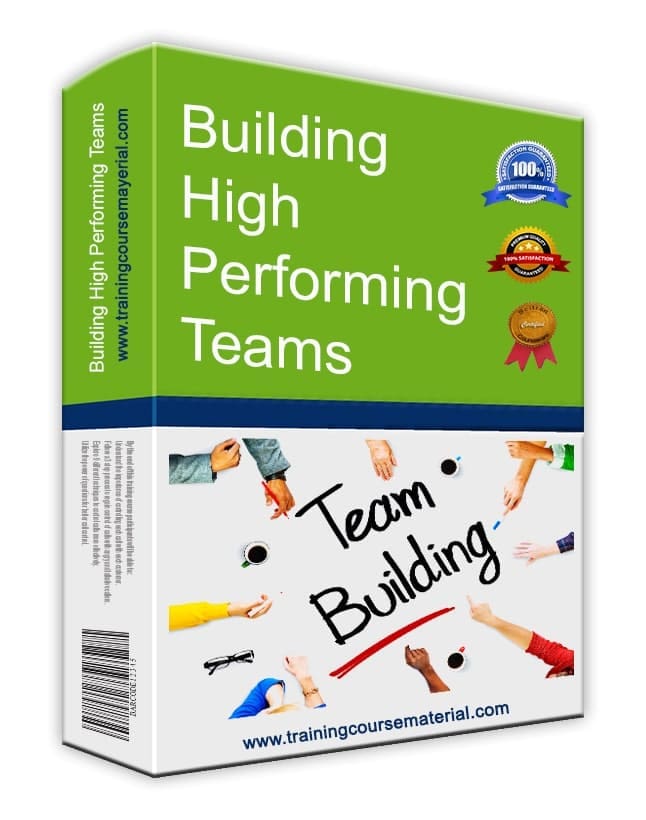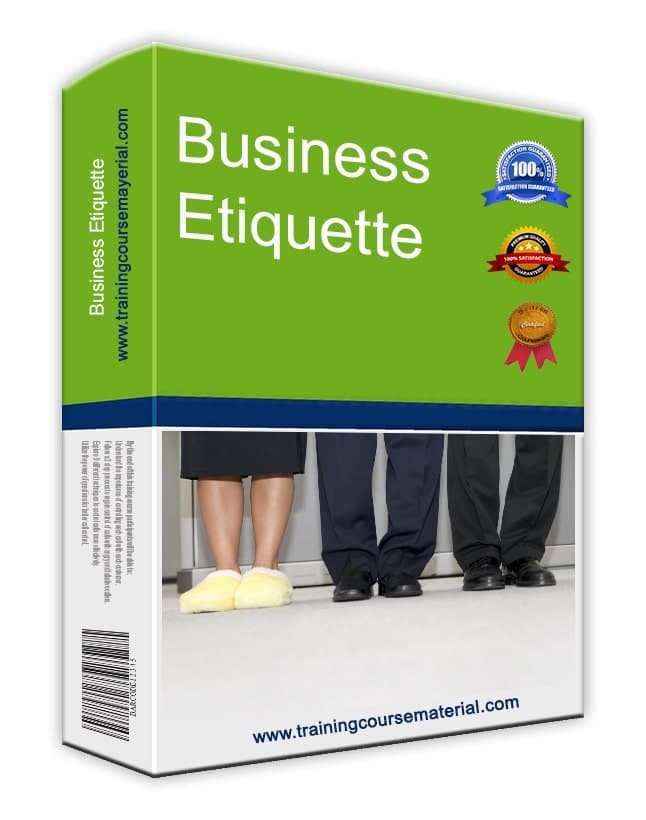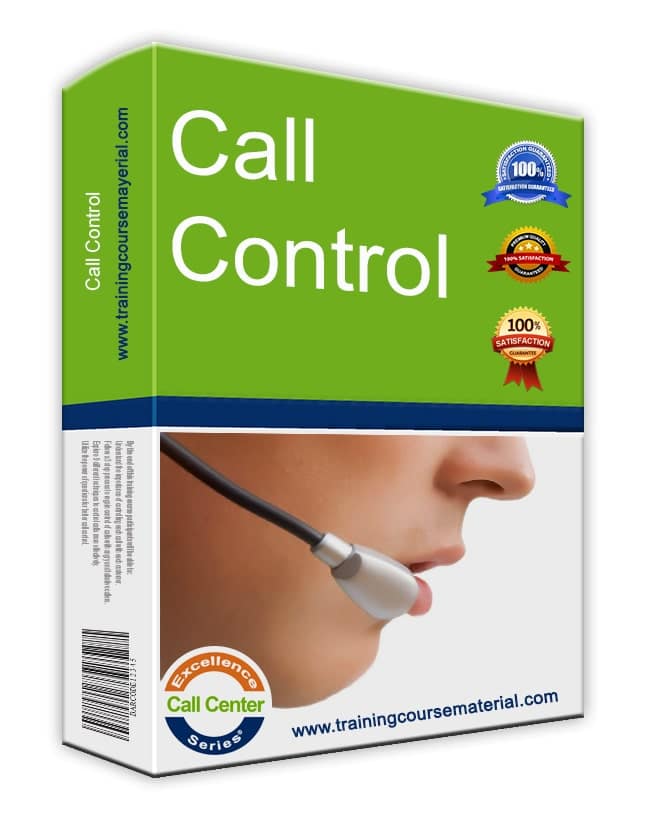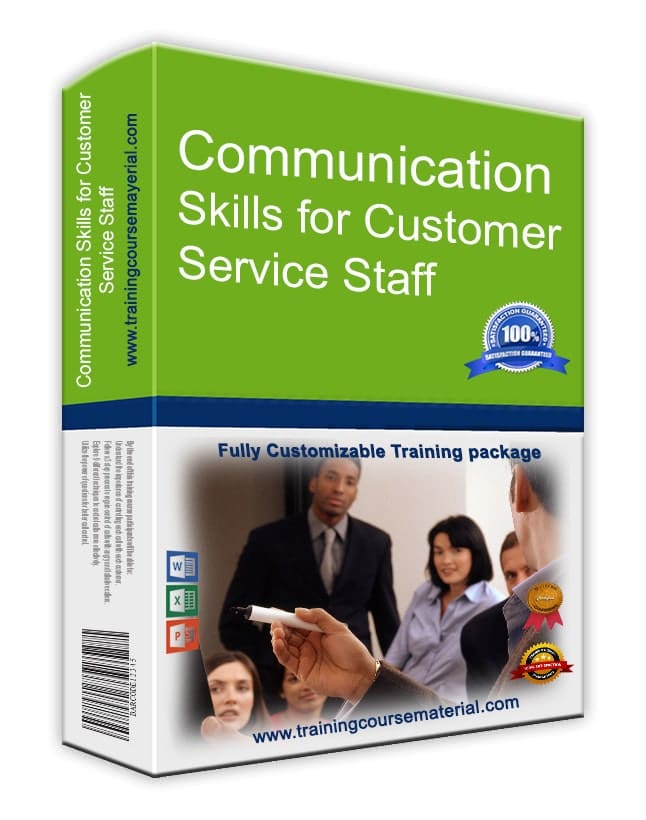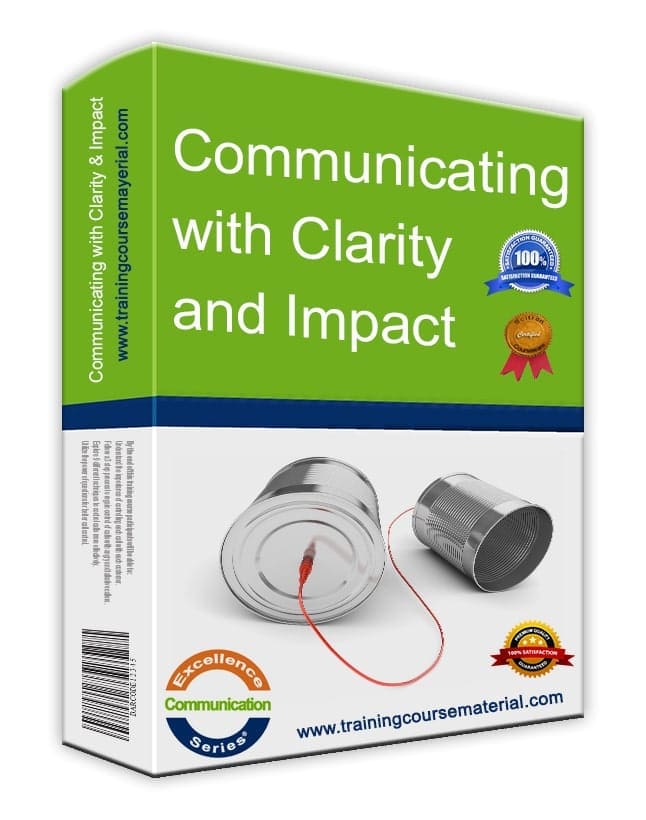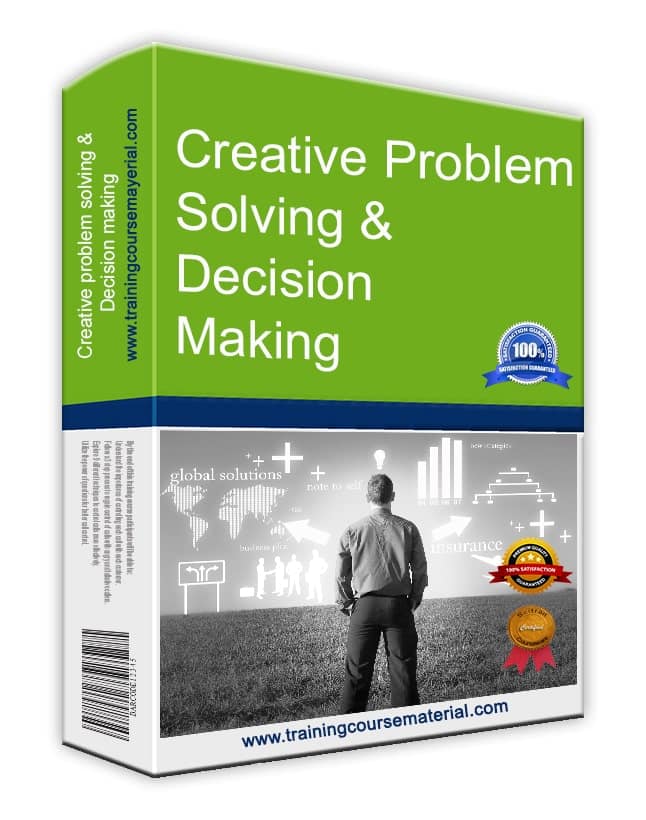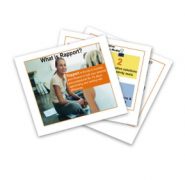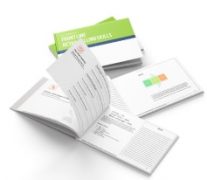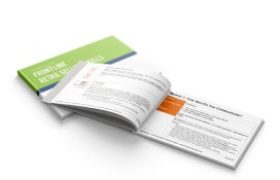Anger Management Training Activities
Anger is a normal emotion—but when mismanaged it can harm relationships and productivity. These three activities help participants explore healthy ways to recognise, express, and manage anger at work and beyond. Feel free to run them in sequence or pick the one that fits your session goals.
🗯️ Activity 1: Assertive Communication for Expressing Anger
Steps
- Intro to Assertiveness: Explain why assertive language is clearer and less damaging than aggression or passive‑aggression.
- Assertive vs Aggressive: Discuss real‑life examples of each style.
- Scenario Analysis: Present the two scenarios below and ask participants to plan an assertive response.
- Role‑Play Practice: In pairs, act out each scenario.
- Discussion & Feedback: Partners and observers share what worked well.
Assertiveness Framework
"I feel [emotion] when [situation] because [impact]. I would prefer [solution]."
Invite participants to rewrite their role‑play lines using this I‑message structure.
Self‑Assessment (Before / After)
Ask participants to rate on a scale of 1‑5 how comfortable they are expressing anger assertively. Repeat after the role‑play to highlight progress.
Observer Checklist (Optional)
- Used "I" statements ( )
- Maintained calm tone & body language ( )
- Named the behaviour, not the person ( )
- Suggested a clear solution ( )
Role‑Play Scenarios
- A colleague consistently claims credit for your ideas during team meetings.
- Your roommate frequently borrows your belongings without asking.
Key Learning
Participants practise stating needs and boundaries firmly while respecting others.
🔥 Activity 2: Constructive Attitude Toward Anger & Handling Anger in Others
Steps
- Attitude Shift: Discuss how anger can be a signal for change rather than just a problem.
- Constructive vs Destructive: Analyse sample expressions of anger and their outcomes.
- Handling Others' Anger: Introduce skills like active listening, empathy statements, and de‑escalation phrases.
- Role‑Play Scenarios: Practise defusing anger in the two situations below.
- Debrief: Reflect on what techniques worked and why.
Quick Visual Prompt
Show two 30‑second clips (or read two mini‑dialogues): one destructive, one constructive. Ask, “What differences do you notice in tone, words, outcome?”
Emotion‑Regulation Tool
Box Breathing: Inhale 4, hold 4, exhale 4, hold 4. Practise before role‑play to model self‑calming.
Role‑Play Scenarios
- A coworker is angry about a recent management decision.
- A family member is furious over a misunderstanding at a gathering.
Reflection Questions
- Which de‑escalation phrase calmed the situation fastest?
- What non‑verbal signals signalled anger diffusing?
- What would you do differently next time?
Key Learning
Participants learn to reframe anger as information, respond with curiosity, and use empathy to lower tensions.
🧩 Activity 3: Understanding Anger and Its Management
Steps
- Purpose & Scope: Define why anger management matters.
- Anger Discussion: Share triggers and impacts.
- Skillset & Mindset: Present self‑awareness, empathy, patience, etc.
- Group Brainstorm: Teams create strategies to develop their assigned skill.
- Present Back: Groups share ideas for collective learning.
Anger Cycle Visual
- Trigger → Thoughts → Emotion → Response
Ask participants to identify where they can intervene in their own cycle.
Real‑Life Scenario Application
Give each group a workplace scenario (e.g., conflicting deadlines) and have them demonstrate how their assigned skill would change the outcome.
Personal Commitment Prompt
“Write one real situation where you’ll apply today’s insight in the next week.”
Key Learning
Participants gain concrete strategies for recognising triggers and choosing constructive responses.
📄 Handout Idea: Provide a one‑page cheat sheet summarising the I‑message format, box breathing, and the anger cycle diagram for quick reference back on the job.

